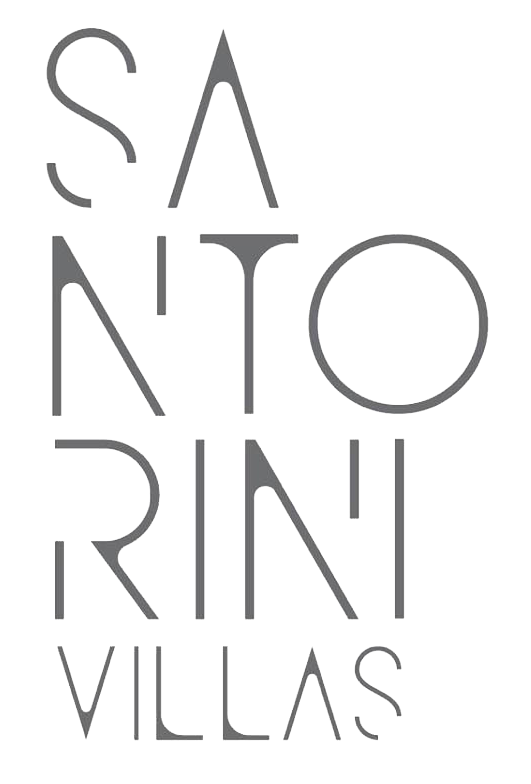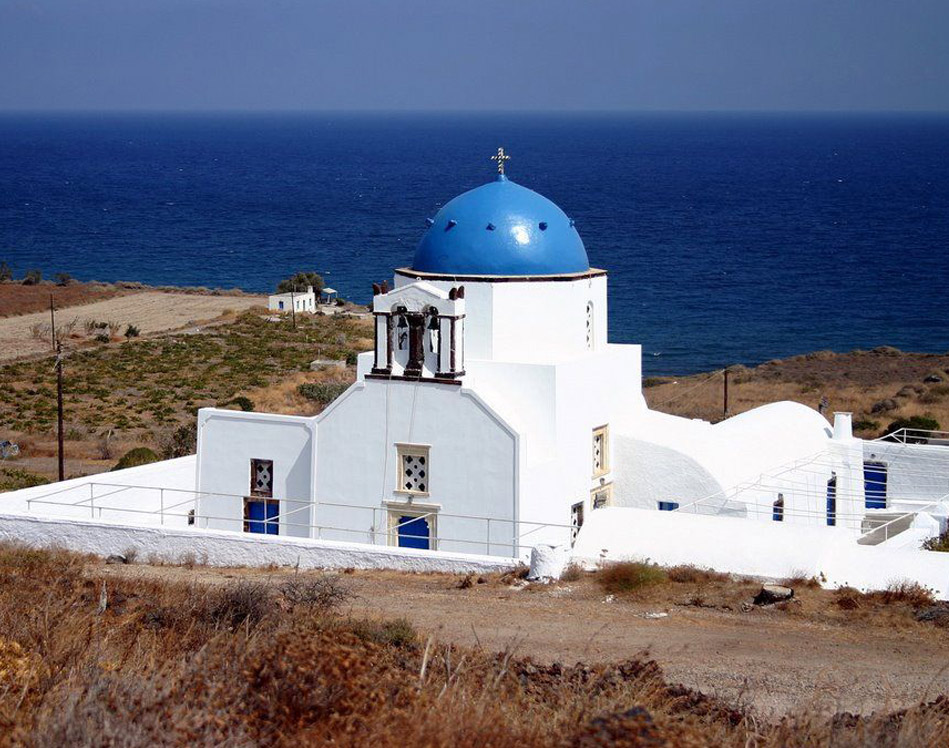It was founded by Marco Bellonia of Thira, a great merchant, Catholic, from Orthodox parents. He travelled to Venice, Italy where he bought and brought back to Santorini the image of the Lord Jesus Christ, who originally came from the Church of Hagia Sophia in Constantinople (the icon is now in the Metropolitan Church).
There was a small temple of Ypapanti, which was the metropolitan temple of the island. Due to the increasing population of Fira, it was decided to demolish it and construct it from the beginning, with the guidance of the priest-martyr Mark Bellonia.
The construction began in 1827 and was delivered in 1888 by his episcopate and owner, housekeeper Neophytos Christodoulou Bellonia, through his covenant.
A stone-built church with two cymbals on each side of the dome.
The magnificent temple suffered great damage in the 1956 earthquake and in its current position today, the church was founded in 19/1/1963, influenced by the designs of G. Nomikos.




 Passion4Design
Passion4Design